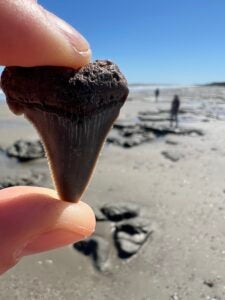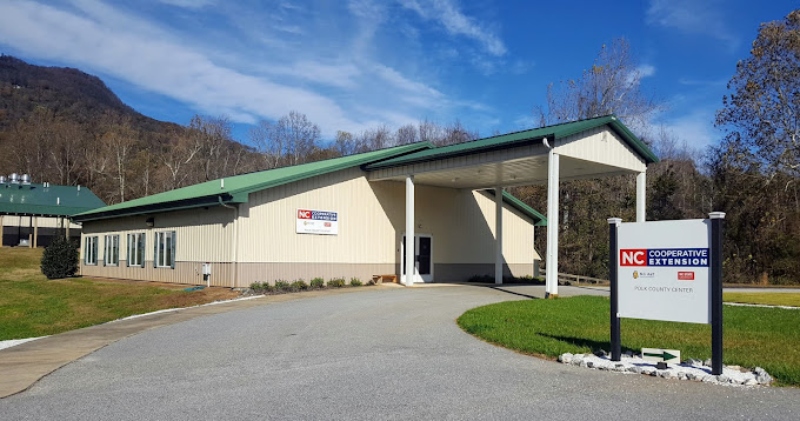Fossil hunting
Published 12:44 pm Tuesday, February 4, 2025
|
Getting your Trinity Audio player ready...
|
Have you ever had an activity described to you and immediately thought, “I’m going to be so good at this”?
Being 6’5” tall, most activities where height and weight are important are right up my alley. Wading in deep water, sledding fast down a hill, and helping shorter folks get things off a top shelf at the grocery store are all activities where I excel. So naturally, the first time I went fossil hunting, I thought I would knock it out of the park when our guide told us to look for the enamel shimmering in the light.
Enamel is kind of my thing. For those that don’t know, when not writing a column twice a month, I am a dentist. I look at and think about enamel daily. Enamel is the outside surface of a tooth. It is usually a shade of white and microscopically made of rods of a molecule called hydroxyapatite. If you are still awake after reading that last sentence, you will be happy to know that this knowledge was worthless when it came to finding sharks’ teeth.
Trending
This weekend, our family went down to Charleston for a fossil-hunting trip. This was our third endeavor to look for fossils in the eroding dredgings from the floor of Charleston Harbor. On our first trip, our guide walked with us and circled teeth when he saw one. Hundreds of circles in the sand later, I felt like I could do it on my own. It turns out I could not. An hour of searching only turned up one tooth and I only found that because I stepped on it.
I asked the guide for more tips, and he just explained to me, “Look for the enamel.”
Dude, I look for enamel every day.
The frustration welled up, but it was a beautiful walk on the beach, and I am used to being frustrated while walking because of golf.
This weekend we went out to another beach with Captain Lawton Mattson with Fish and Fossil Charleston. Lawton is like the fun uncle who specializes in leisure activities. Not only does he guide for fossils, but he can take you on fishing trips, flounder gigging, and pretty much anything else in the Lowcountry.
When asked how he spots the teeth, he did not just say, “Look for the enamel,” but showed an example of how the light bounces off the enamel with a shark tooth he had on board. After he took us to the beach, we were off to find fossils.
Trending
We probably said, “Found one!” at least 200 times over the next few hours. Not just teeth but fossilized whale bones, dolphin vertebrae, and shark spinal columns filled our baggies. We all had a blast walking the beach and agreed that this was our best trip finding fossils.
I was just happy an outdoor guide could teach this dentist to find enamel outside the office.

On recent beach trips, the author and his family have been searching for sharks’ teeth and other fossils.






